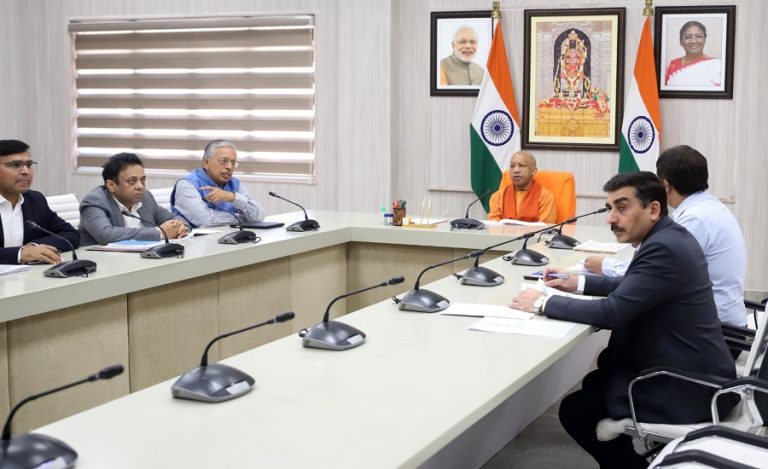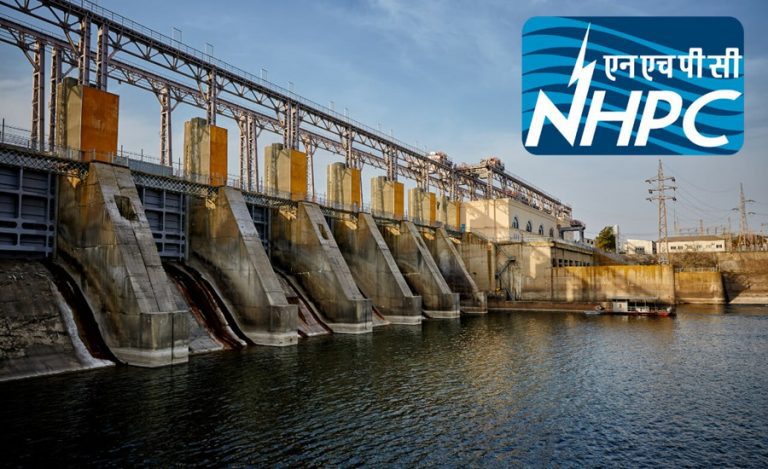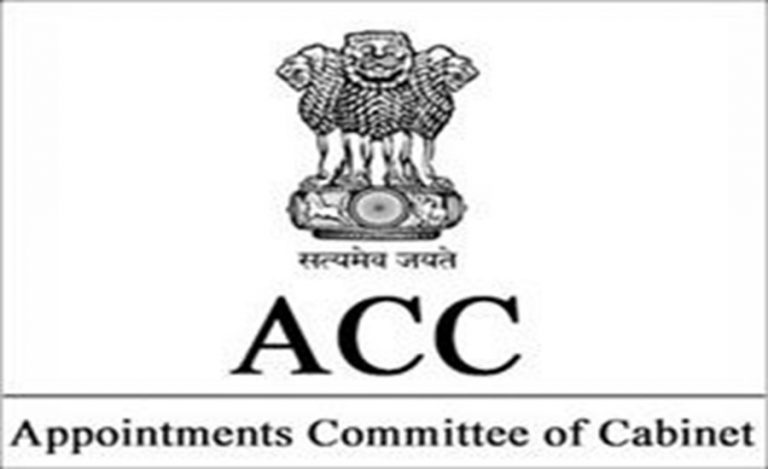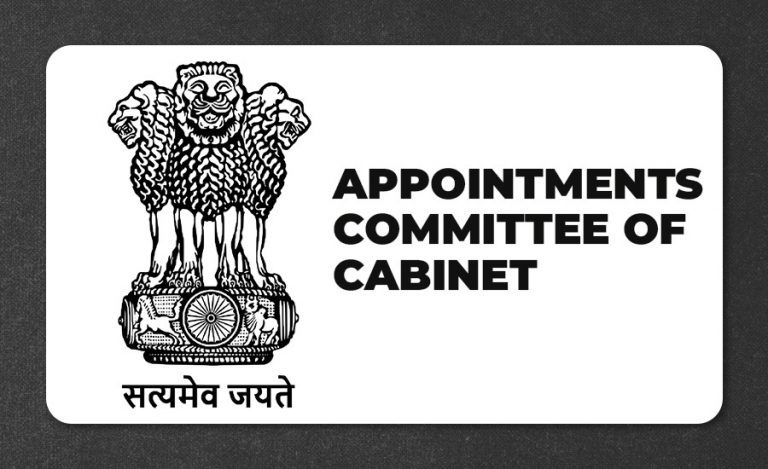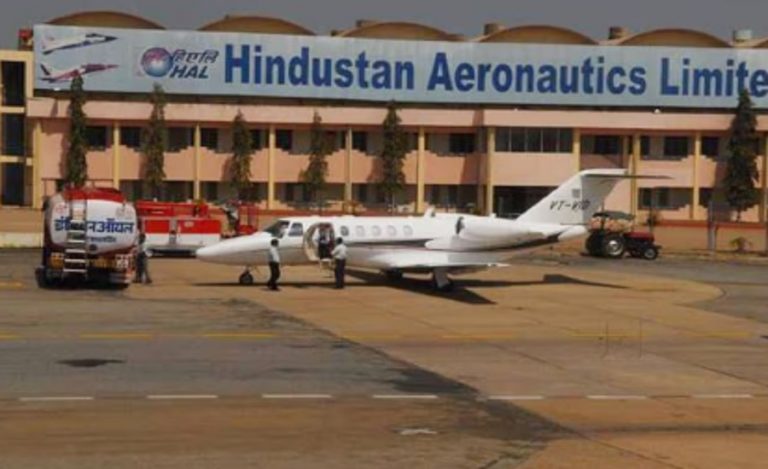New Delhi: The Damodar Valley Corporation (DVC) will be able to meet its entire coal requirement from its captive coal mines over the next three years, Chairman S Suresh Kumar said on Friday. Speaking at the Merchants’ Chamber of Commerce and Industry (MCCI) in Kolkata, Kumar outlined the corporation’s plans for capacity expansion and modernization.
Coal Production and Self-Reliance Plans
Kumar stated that DVC expects its captive mines to generate 50 million tonnes of coal per annum over the next three years. Currently, DVC requires around 24 million tonnes of coal annually, a demand that is expected to grow with the expansion of thermal power generation capacities.
He emphasized that once production from captive mines increases, the corporation will no longer depend on Coal India and its subsidiaries for coal supply. Kumar also raised concerns about the quality of coal supplied by other state-owned firms, suggesting that higher self-reliance will improve efficiency and fuel quality for DVC’s power plants.
Read also: IOB Approves ₹5,581 Crore Loan for DVC’s 800 MW Super-Critical Thermal Power Project in Durgapur
Capital Expenditure and Modernization Plans
Chairman Kumar highlighted DVC’s focus on infrastructure modernization and expansion. The corporation plans to invest around Rs 66,000 crore towards:
- Expansion of thermal power capacity
- Development of solar energy projects
- Deployment of battery energy storage systems
- Upgrading the distribution network using AI and ML technologies
He emphasized that these initiatives aim to strengthen DVC’s role in powering West Bengal and Jharkhand, while supporting the broader industrial ecosystem in the Damodar Valley region.
About DVC
Damodar Valley Corporation (DVC) is a public sector power utility operating under the Government of India, engaged in generation, transmission, and distribution of electricity. It operates thermal, hydro, and renewable energy projects and plays a pivotal role in the industrial and economic development of the Damodar Valley region, supplying power primarily to West Bengal and Jharkhand.


